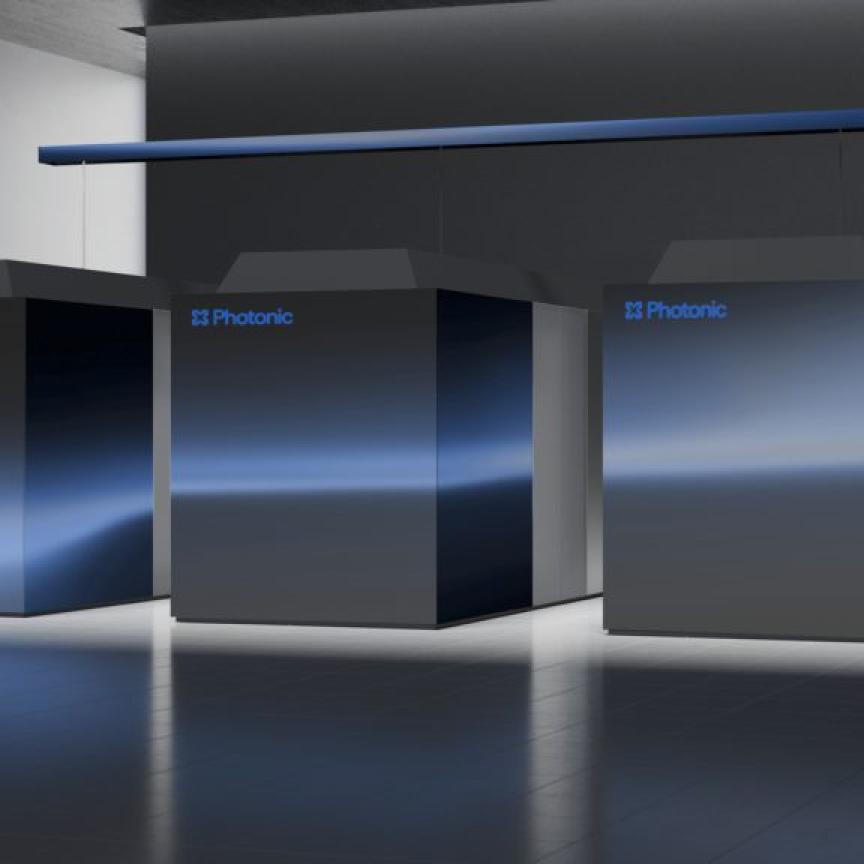Trumpf has invested €70 million in a new facility to house its laser technology for extreme ultraviolet (EUV) lithography.
Speaking at Laser World of Photonics in Munich, Dr Peter Leibinger, vice chairman at Trumpf and head of the Laser Technology and Electronics division, commented that the work Trumpf is doing in the area of EUV lithography is the future for the company. 'The car industry will persist, but this [EUV] is our [Trumpf's] future area and future business model,' he said.
Trumpf has invested in laser technology for EUV, which uses multi-kilowatt CO2 systems, for more than 10 years. Leibinger expects the investment to become profitable by the 2017 timeframe, which is roughly when Dutch lithography system maker, ASML, sees EUV being used for volume production.
ASML recently announced an order by a major US chip maker for 15 EUV lithography systems.
Extreme ultraviolet lithography is one option for patterning the small feature sizes required to advance semiconductor chips. EUV radiation at 13.5nm is produced by ionising tin droplets with a high-power – 20kW or more – CO2 laser. The short wavelength of 13.5nm means that smaller features can be produced – work is ongoing to move to the 7nm node, which is where EUV could play a role.
ASML is manufacturing EUV lithography machines, but as yet the technology is not powerful enough to achieve the throughput for high volume chip production – current machines produce around 100W of EUV power, but chip makers demand 250W.
At Laser World of Photonics, Leibinger said that the CO2 laser systems were 90 per cent reliable, which is what's required for an EUV machine, but there is still some development work to do to move to higher powers.
The 34,000-square-metre Trumpf facility for EUV laser development will be built at the company's Ditzingen headquarters over the next two years.
During Laser World of Photonics, Element Six's manager of product applications and engineering, Eugene Anoikin, presented results of work on patterning moth-eye structures onto diamond optics to improve their laser induced damage threshold. The work was driven by EUV lithography in order to fabricate optics that could withstand the laser powers required for EUV machines.
Thin film coating solutions are starting to fail at the laser powers needed for EUV lithography, commented Element Six's Henk de Wit, speaking to Electro Optics at the trade fair. Anoikin said the moth eye structures on diamond give comparable reflectance to thin films, but greatly outperform on laser induced damage threshold. The stability of the laser systems for EUV is crucial, so an improvement in the optics used in these systems would be highly beneficial.
De Wit said that moth eye structuring is not a new idea, but that, until now, it has been difficult to achieve on diamond optics. Element Six believes it has accomplished this patterning.
The diamond lenses could also be beneficial for high-power lasers for industrial processing.
Related articles:
- 3D imaging microscope wins start-up award at Laser World of Photonics
- German companies missing out on Asian funding, report states
- German photonics industry reaches €30 billion
Further information:

